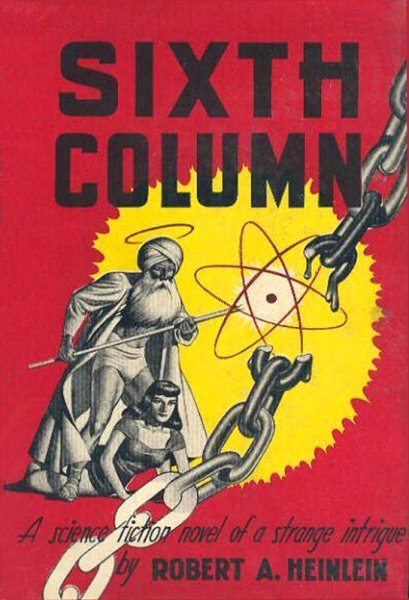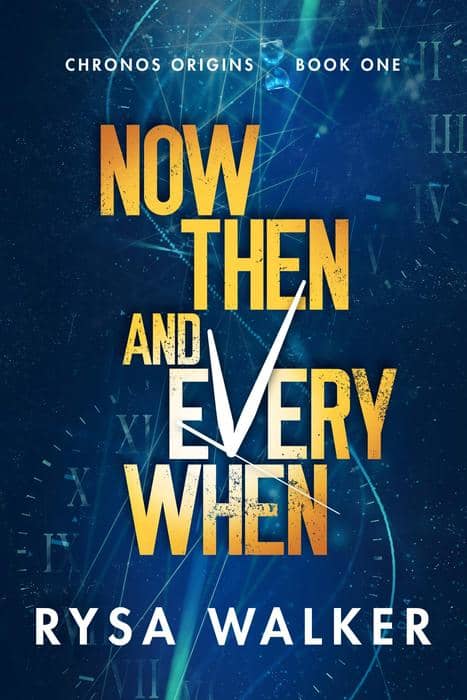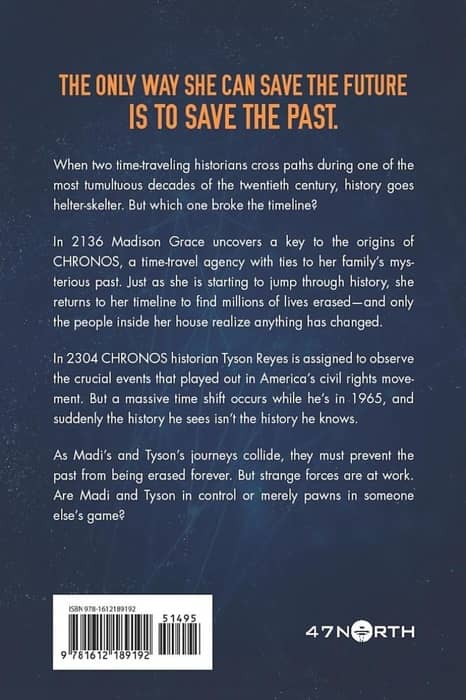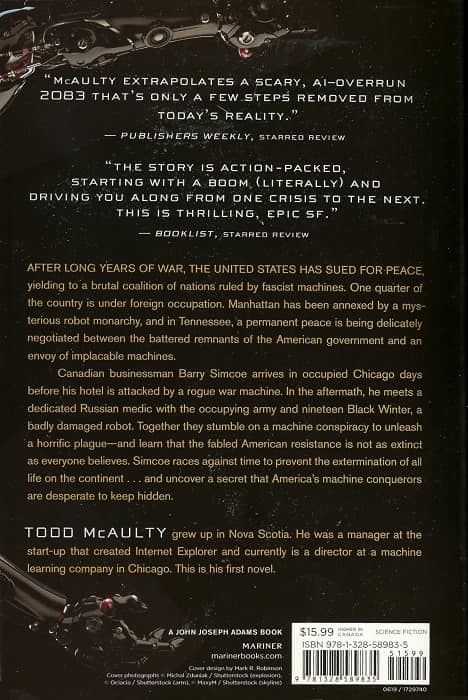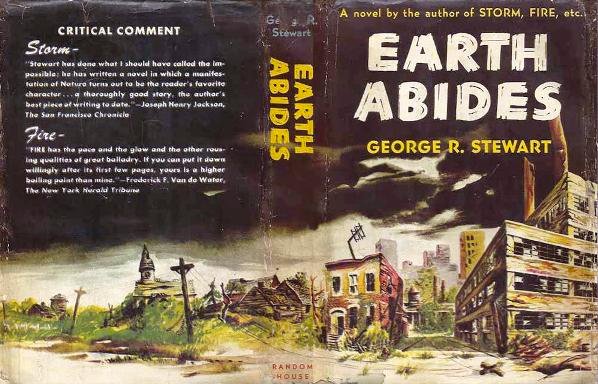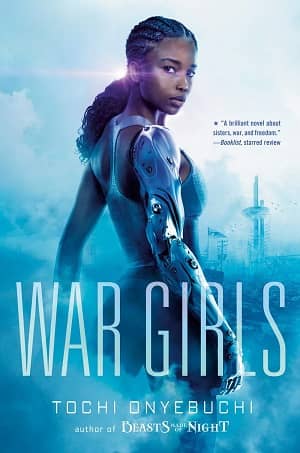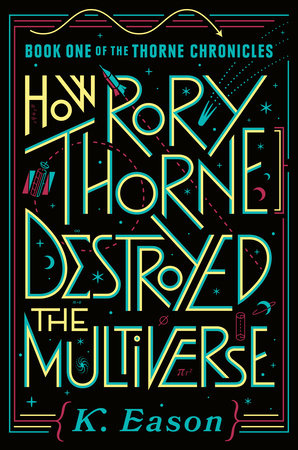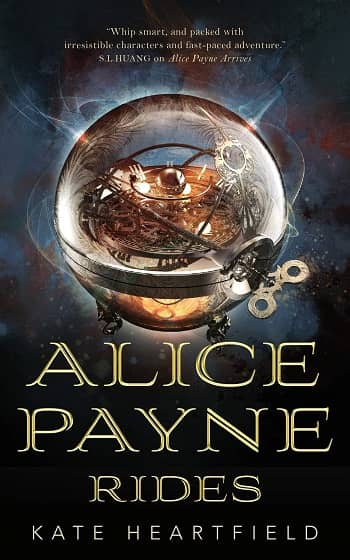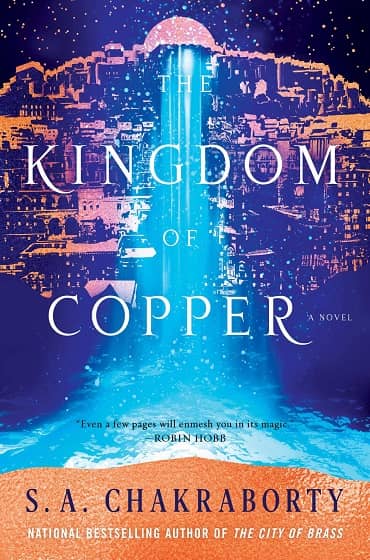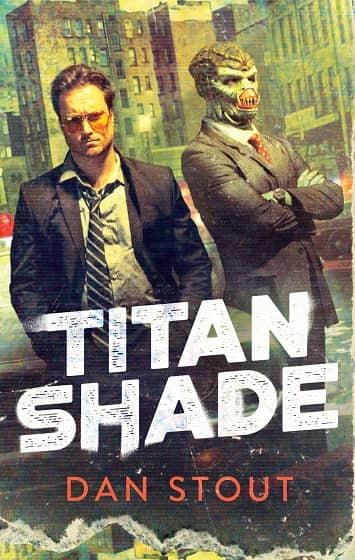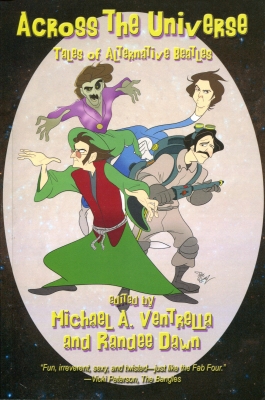Bringing to Life an Ancient Mystery: Cries From the Lost Island by Kathleen O’Neal Gear
 Cries From the Lost Island
Cries From the Lost Island
by Kathleen O’Neal Gear
DAW (320 pages, $26 in hardcover/$13.99 digital, March 10, 2020)
Sixteen-year-old Hal Stevens is an outcast. His friend group consists of two people: Robert, a witch and Cleo Mallawi, who believes herself to be the reincarnation of the Egyptian Queen Cleopatra.
Hal is a budding historian, who just happens to be obsessed with Egypt. He and Cleo spend every moment of their free time discussing ancient Roman Egypt, which Cleo claims to remember intimately. She provides details Hal could never find in a book or online. Listening to her describe the landscape, politics and the great love between Cleopatra and Marc Anthony fills Hal with wonder.
A bit that fills him with fear is the demons that Cleo also describes, specifically Ammut, the Devourer of the Dead, whom she believes is hunting her in present day.
The stories Cleo has told Hal since they were children quickly transition from fantasy to reality when Hal finds Cleo murdered outside her home. Left with her pleas to help her find eternal rest, a mysterious medallion forced into his hands by his dying friend, and questions that may never be answered, Hal finds himself headed to Egypt with famed archeologist (and Cleo’s uncle) James Moriarity. Robert the witch completes the adventurous trio, bringing along his wards of protection and his sense of humor, which truly does entertain.
Cries From the Lost Island weaves fantasy and history together to create a beautiful adventure that the reader won’t be able to put down. O’Neal Gear, a nationally award-winning archeologist, has created an engrossing quest that spans Colorado to Egypt and brings to life an ancient mystery – what actually happened to Cleopatra and Marc Anthony?
